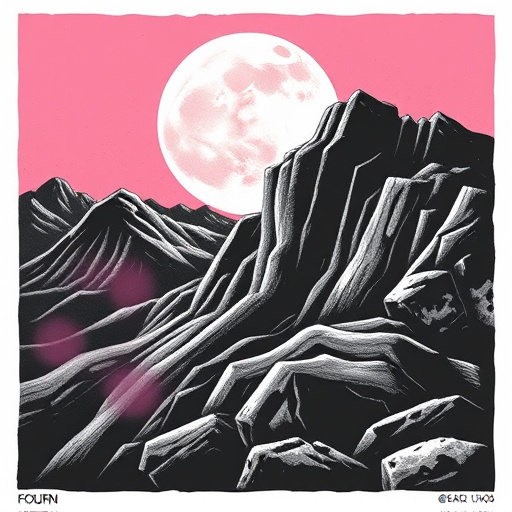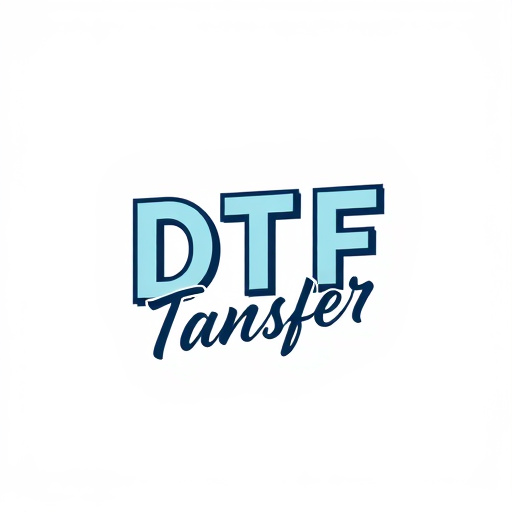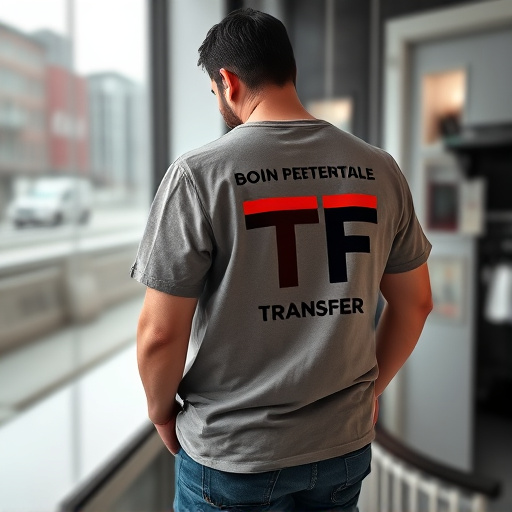Direct-to-Film (DTF) printing revolutionizes graphic production with versatile, efficient high-resolution printing on diverse surfaces like plastic, glass, metal, and textiles. Key considerations in fabric selection include smoothness, flexibility, and durability for optimal print adhesion and longevity. Surface preparation techniques enhance ink bonding, while protective coatings prolong print vibrancy. The industry promotes sustainability through eco-friendly fabrics like organic cotton, recycled polyester, and hemp, offering both quality prints and environmental responsibility.
Direct-to-film (DTF) printing offers a versatile method for applying designs onto various surfaces. This article explores the optimal fabrics and surfaces for achieving high-quality DTF prints, ensuring durability and longevity. From understanding the fundamentals of DTF technology to selecting the right materials and preparing surfaces, we delve into key factors that contribute to successful outcomes. Discover the pros and cons of common fabric types and learn about eco-friendly alternatives, empowering you with insights for your next DTF project.
- Understanding Direct-to-Film (DTF) Printing: A Brief Overview
- Key Factors in Choosing Optimal Fabrics for DTF Prints
- Surface Preparation: Ensuring Adhesion and Print Quality
- Common Fabric Types for DTF Applications: Pros and Cons
- Enhancing Durability: Techniques for Long-Lasting Prints
- Environmental Considerations: Eco-Friendly Fabric Options for DTF
Understanding Direct-to-Film (DTF) Printing: A Brief Overview

Direct-to-Film (DTF) Printing is a cutting-edge technique that has revolutionized the way we produce and apply graphics on various surfaces. This innovative process involves printing designs directly onto films, which can then be transferred to a wide range of materials, from plastic and glass to metal and textiles. DTF prints offer unparalleled flexibility and precision in design customization, making them ideal for everything from marketing and branding applications to industrial and decorative purposes.
Unlike traditional printing methods that require multiple steps and layers, DTF Printing simplifies the process, reducing production time and costs significantly. It utilizes advanced inkjet technology to precisely deposit vibrant, durable inks onto the film, ensuring high-resolution prints with rich colors and intricate details. This technology has become increasingly accessible, empowering businesses and creatives alike to bring their visual ideas to life quickly and efficiently.
Key Factors in Choosing Optimal Fabrics for DTF Prints

When selecting fabrics for direct-to-film (DTF) printing, several key factors come into play. First and foremost, consider the fabric’s suitability for the print process itself. DTF requires a smooth, non-porous surface to ensure optimal ink adhesion and vibrant, accurate color reproduction. Fabrics like polyvinyl chloride (PVC), acrylic, and certain types of plastic are ideal choices due to their inherent smoothness and stability under high temperatures.
Additionally, the fabric’s flexibility and durability should be evaluated. DTF prints often need to withstand handling and environmental conditions, especially when applied to items like banners or signs. Opting for fabrics with adequate give and strength ensures that the print remains intact and visually appealing over time. This consideration is crucial for ensuring customer satisfaction and the longevity of the final product in various applications, including outdoor advertising and event signage.
Surface Preparation: Ensuring Adhesion and Print Quality

Surface preparation is a critical step in achieving high-quality DTF (Direct-to-Film) prints. Before applying any fabric or material to a surface for printing, it’s essential to ensure the substrate is clean, dry, and free of contaminants. This process involves removing grease, dust, and other debris that could hinder adhesion. A thorough cleaning with appropriate solvents or degreasers, followed by drying, creates a smooth base for optimal print results.
Additionally, roughening the surface slightly through techniques like sanding or using specific primers can significantly enhance adhesion. These methods increase the surface area available for the print, allowing ink to bond more effectively. Proper surface preparation ensures that DTF prints are vibrant, precise, and durable, meeting the high standards required for professional applications in various industries.
Common Fabric Types for DTF Applications: Pros and Cons

Direct-to-film (DTF) printing has revolutionized the way we produce promotional materials, clothing, and more. When choosing fabrics for DTF applications, several types are commonly used, each with its unique advantages and drawbacks. One of the most popular choices is polyester, known for its durability and ability to accept inks well. Polyester fabrics are versatile and suitable for various DTF printing projects, from banners to apparel. However, it may not be ideal for delicate designs as it can be prone to color bleeding if not properly treated.
Cotton is another favorite among many due to its breathability and soft texture. It allows for vibrant DTF prints and is often preferred for promotional items like tote bags and t-shirts. Yet, cotton tends to be more delicate and may require additional coating or treatment to prevent ink from fading or bleeding. Linen and rayon are also gaining traction for their unique textures and environmental benefits, but they can present challenges in terms of ink adhesion and may need specialized DTF printing techniques.
Enhancing Durability: Techniques for Long-Lasting Prints

Direct-to-film (DTF) printing offers a unique advantage in creating long-lasting, durable prints on various fabrics and surfaces. To ensure the longevity of DTF Prints, several techniques can be employed. One effective method is using high-quality, robust fabrics such as polyester or nylon, which have excellent resistance to fading and tearing. These materials provide a solid base for prints, enabling them to withstand everyday wear and tear.
Additionally, applying protective coatings or laminates over the printed surface can significantly enhance durability. This extra layer acts as a shield, protecting the design from environmental factors like moisture, UV rays, and rough handling. Coating options range from vinyl to polyurethane, each offering different levels of protection and finishes, ensuring your DTF Prints remain vibrant and intact for extended periods.
Environmental Considerations: Eco-Friendly Fabric Options for DTF

In the pursuit of sustainable practices, the direct-to-film (DTF) printing industry is also exploring eco-friendly fabric options to reduce its environmental footprint. When it comes to DTF prints, choosing fabrics that align with ecological values can significantly impact both production processes and end-user choices. One key consideration is selecting natural fibers like organic cotton or linen, which are biodegradable and have lower environmental impacts compared to synthetic alternatives. These materials not only minimize chemical usage but also offer a breathability advantage, making them ideal for applications where comfort is essential.
Additionally, the use of recycled polyester or hemp-based fabrics is gaining traction within the DTF community as a way to further reduce waste and promote circularity. These options provide durability and versatility without contributing to the depletion of non-renewable resources. As consumers become more conscious of their environmental impact, embracing these eco-friendly fabric choices can enhance the appeal of DTF prints while ensuring they remain sustainable in the long run.














